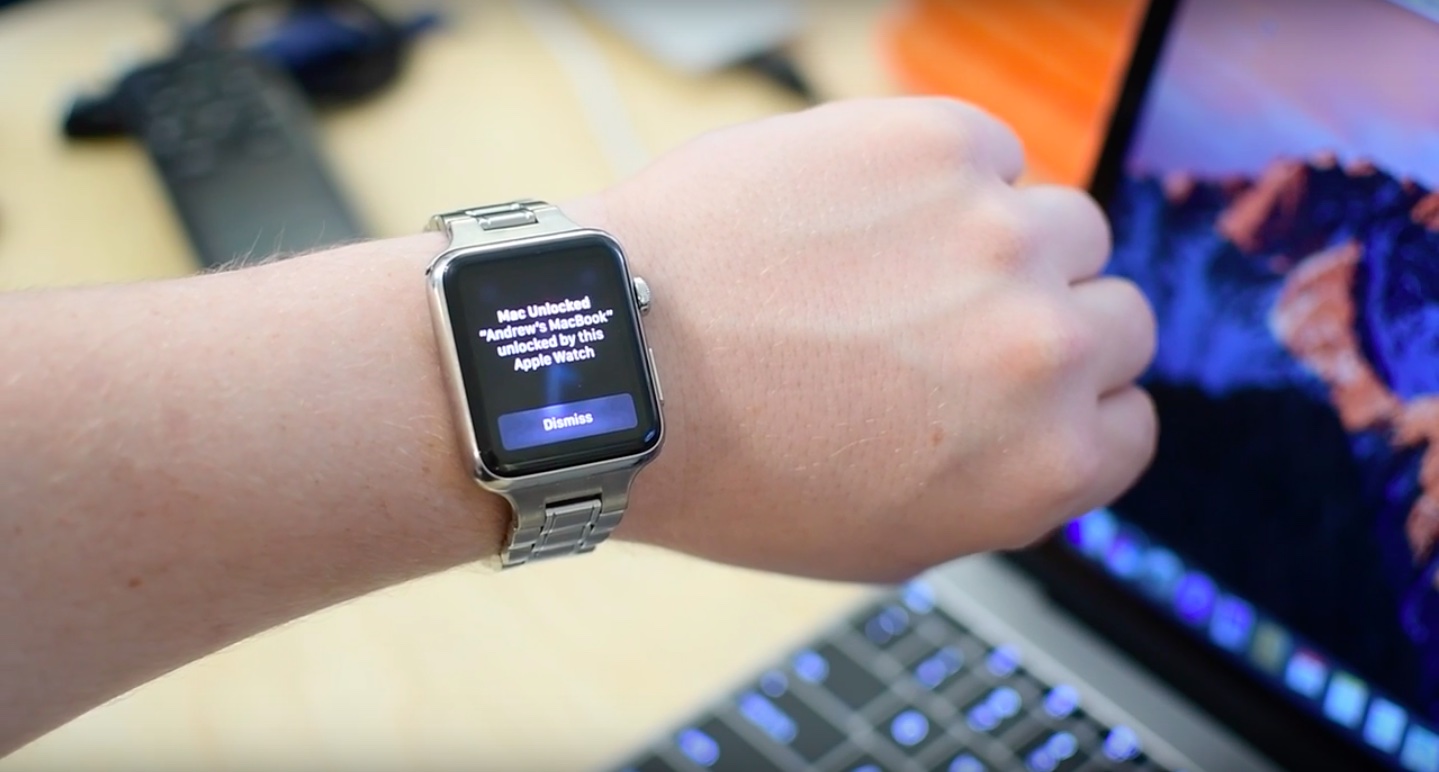Ready for macOS Sierra? Here is a few things you need to know

With October around the corner, Apple’s all-new version of Mac OS X will be updated soon, and re-branded as macOS Sierra, signaling a return to Apple’s original naming (or as close as it gets) for its desktop operating system.
Apple macOS Sierra is expected to launch as a free upgrade through the Mac App Store, with a few caveats. This means that not everyone will be able to upgrade, especially if their Mac is too old.
Apple has released an official list of compatible Macs ahead of the launch. Those who are planning to upgrade can verify the compatibility of their Mac by clicking on the Apple logo on the top left corner, and select “About This Mac”.
In a nutshell, any Mac older than 2009/2010 won’t make the cut, with a few exceptions that include the 2009 Apple MacBook, and the 2009 Apple iMac.
If your Mac is compatible with macOS Sierra, there are a couple of other things to check, such as sufficient storage available for the installation files. Fortunately, macOS Sierra is expected to be considerably smaller than both OS X Yosemite and El Capitan, with a 4.86GB footprint, which is about half that of Yosemite.
If you think you might be running out of storage, deleting older, unused apps and backing up files to iCloud or to an external drive should provide sufficient room for the setup to complete successfully.
A thorough backup of all your files before beginning setup, should be done to avoid potential bad surprises, just in case something goes wrong during the update. On this note, Time Machine is a built-in app that lets you do just that. If you have an external drive, like a Time Capsule, or a Transcend Jet Drive, click on the Apple logo on the top left of Mac OS X desktop, and select System Preferences > Time Machine, and then select a backup disk.
Apple macOS Sierra will include several new features unlike no other found in previous Mac operating systems. A notable one is the integration of Apple Siri. The virtual assistant will work in a similar way as it does on iOS, and in a very similar way as Cortana does on Microsoft Windows 10.
Another interesting feature is the ability to unlock macOS sierra automatically, on proximity with an Apple Watch. The feature has been at the center of rumors for some time, with speculation that it would also include a fingerprint reader like Touch-ID, which ultimately did not make the cut.
Encryption is also a big part of the new operating system. Apple macOS Sierra will not use the HFS+ file system, which is common to OS X, iOS, tvOS and watchOS, but rather a new APFS (Apple File System), which features built-in encryption.
APFS is optimized to handle flash storage and could someday replace the file system across all Apple devices, including products running iOS.
Ready to shop?
If you are looking for the perfect MacBook, PortableOne has you covered with a great selection of Apple MacBooks, as well as expert support.